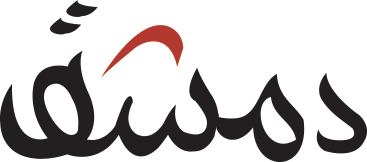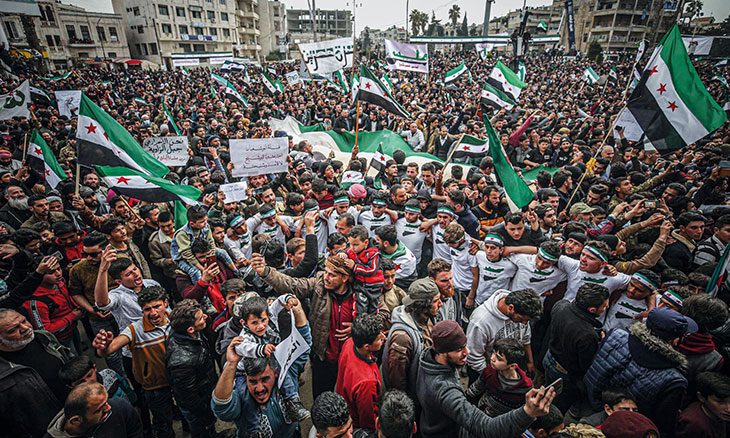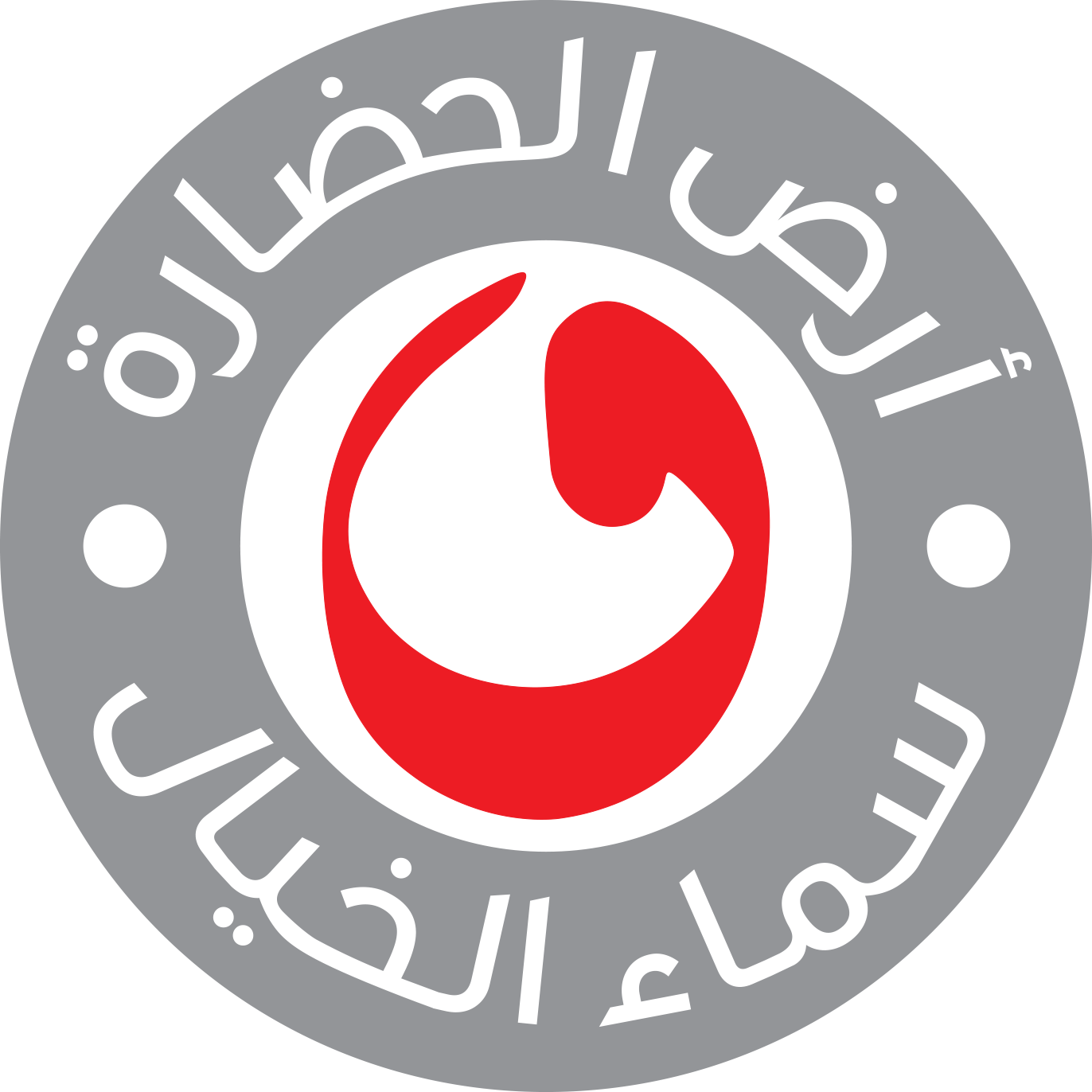Faiq Al-Mir
Every time I attempt to address the mistakes of the revolution in writing, my heart and soul rebel against me and flee, along with my mind, toward what dazzles within it, and how plentiful that is! I find myself forgetting the world around me and engrossed in talking about it, in the language of a lover and conspirator.
Douma: The First City to Revolt and Be Liberated
Douma is always the center of the Shami countryside, the city of urbanism and the center of economic, agricultural, and financial activity for a large part of Eastern Ghouta. Douma, the conservative city saturated with male relationships and the almost complete absence of any role for women outside the domestic sphere, was one of the first cities to ignite the flame of revolution and rise against the tyrant in solidarity with the children of Daraa and in rejection of the oppression and tyranny that the tyrant has ruled the country with for the past fifty years.
My first visit to Douma was shortly after the defeat of the tyrant’s gangs and its liberation. Douma was not the same one I had bid farewell to before the barbarians entered it; the destruction was immense in most neighborhoods, especially in the areas of the Corniche, Al-Qutli Street, the highway, Al-Nisa Street, the municipal square, and the Grand Mosque. The streets were desolate, except for groups of revolutionaries stationed at intersections and in squares. Its people had either been displaced or had fled. Buildings were burned, with their upper floors collapsing onto each other as if in eternal mourning that the coming days would not erase. Mounds of dirt, cement, and debris were scattered across the roads; electric and telephone poles were uprooted, thrown, or broken on the ground, and the roads were filled with craters caused by the tyrant’s shells. The famous Corniche, known for its cleanliness, was entirely in ruins, with its building facades either collapsed or burned. The stench and heaps of garbage, along with dead cats and dogs, were everywhere. The walls were spray-painted with slogans of debauchery, death, and sectarian hatred written by the shabiha gangs after they entered the city on the eve of the revolutionaries’ previous withdrawal from it. Here passed Assad’s soldiers: “Assad or we burn the country,” “Death to the Arouri and Qatar,” “Monsters of the Fourth Division,” and so on, phrases of tyranny, confusion, and false dominion. Behind some barricades stood the heroes of the Free Army, with their eyes still watchful yet somewhat cautious. There were patrols among them, named committees, hastily formed to maintain security. I was stunned by what I saw; this was not the Douma I knew and had left before the tyrant entered it shortly.
The Intellectual File: The Syrian Revolution and Arab Uprisings from a Critical Perspective
I felt profound and unparalleled pain and sorrow, as the extent of the devastation was unimaginable, and this was not the Douma I had been in just days before the tyrant occupied it.
I returned to Douma, as the saying goes, “The return is praiseworthy,” after nearly two months of absence, for the occasion of holding exhibitions and celebrations in the city on March 25, 2013, the anniversary of the liberation of the first city to rise against the tyrant’s authority. My eyes could not believe, just like the first time, what I saw! This was not the Douma I had been in less than two months ago; it was another city coming back to life and its splendor, or life was returning to it quickly, despite all the deadly siege conditions it and all the liberated towns of Eastern Ghouta were suffering, and despite the rockets pouring down on it from the nearby positions of the tyrant and the tyrant’s planes that never leave its skies, sending gifts of death and destruction every now and then. Most streets appeared clean and well-kept, the cement blocks and piles of garbage and dirt had been removed, and the roads had been opened. Large groups of families returned to their homes and businesses, shops were renovated and opened their doors, life returned, and we began to see women in the markets as the markets regained their vitality and activities. Children played in front of houses and in squares, and schools were equipped with essential supplies, with students enrolled in them. Work was underway in earnest to repair the roads, poles, and some state institutions. All armed revolutionaries were withdrawn from the city’s internal streets, and patrols of popular committees organized and managed daily life. Armed displays were no longer seen except in front of some headquarters and offices. There were many public transport buses operating to serve citizens inside Douma and between it and nearby towns for free, and private transportation buses were running between Douma along the entire Eastern Ghouta line from Ataybah and Adra to Al-Mleiha and Ayn Tarma in the south, passing through all the liberated villages of Ghouta. The outskirts of the city, exposed to bombardment and sniping from the tyrant’s forces, remained the least changed and improved due to the inability to work there, as the tyrant stood vigilantly against its people.
Miracles of the Revolution
The miracle of the revolution and the Syrians appears here as it has not in any other place, increasing people’s confidence in themselves and their ability to control their fates and shape the future they desire. This miracle of the Syrians dispelled some doubts I had about their inability to emerge from this great ordeal and heightened my confidence in their capabilities, which the revolution ignited, and the immense latent potentials within them capable of achieving the impossible under the most challenging conditions, despite all the obstacles and mines laid in its path. We can discern the genius of the Syrians in the lives they create in Douma and throughout Eastern Ghouta in general and all of Syria. Despite the interruptions in electricity and water and the lack of resources and materials, this genius manifests itself everywhere in this city and other towns of Eastern Ghouta, from the borders of Ataybah in the northeast to Al-Mleiha in the southeast. As long as we have no one but you, O God, after the world abandoned us, we have no choice but to rely on ourselves. This is the realistic and practical translation of the state in which the world has left them. They depend on their self-capacities and the atmosphere of freedom that has unleashed their potential and talents at all levels, placing everyone before their significant responsibilities. There is an economy called the economy of war and revolution that has begun to grow and achieve results in protecting the lives of citizens. A loaf of bread in all the cities and towns of Eastern Ghouta was and still is available more than it is in the heart of Damascus, and until recently, it was sold for fifteen Syrian pounds. Local councils and local bodies overseeing the bakeries were allowed to sell it for twenty pounds per loaf to vendors and shopkeepers so that these could earn their daily bread. With the escalation of the conflict and the beginning of the tyrant’s refusal to provide flour to these areas in attempts to pressure them, it became necessary to look for other solutions, so the price of the loaf increased in most areas to twenty-five pounds, where the price difference goes to secure and store flour to keep the bread available for everyone. Gas and other fuels are available and managed similarly. I do not exaggerate when I say that these liberated areas present models of administration by the activities of the revolution run by their children, surpassing what was in place during the tyrant’s rule, despite the weak resources. I will not delve into the details of the innovations, talents, and potentials that have erupted in the field of military manufacturing, producing effective weapons and ammunition from local materials and unbelievable means.
Transformations of the Individual and the Collective
The most significant outcome of the revolution is that all Syrians have become engaged in public affairs, actively seeking to understand and influence their present and future. This engagement has fostered new values of social interaction and solidarity, which are invaluable gains for the entire Syrian populace. I assert that there is no going back from this. I will mention some examples in this regard.
A dear friend from Deir ez-Zor—where the people carry the harshness of the desert, the vastness of the steppe, and the purity of the Euphrates in their demeanor—said to me: “You know our house and our street. There are some young men, the ‘thugs’ as they say, who used to intimidate me so much that I wouldn’t dare let my daughter cross the street or walk there for fear of their harassment and bad behavior.” However, when the revolution broke out, and thousands from Deir ez-Zor flooded the squares, at times exceeding two hundred thousand, it became necessary to organize the crowds and protect them from all forms of chaos and problems. What is astonishing and commendable to everyone, and to me personally, is that these young men, who were once sources of trouble in the neighborhoods, underwent a sort of rebirth. They took the lead in organizing matters and stood firm against any violations or thefts that might occur. We never encountered any cases of sexual harassment or theft throughout the days of the protests! On the contrary, they and others would retrieve lost items due to the crowding and announce them over the loudspeakers. They also took on the role of guarding and protecting the nearby jewelry shops, most of which were owned by Syrian Christians. My friend continued: “This was a wonderful gesture from them, one that would not have occurred without the revolution’s impact on people.” What happened in Deir ez-Zor was not exceptional at all; it could be said to be the general rule of behavior among people throughout Syria.
About a month ago, during the height of the fuel crisis, hundreds of private cars lined up in front of the Al-Abbasiya gas station along Aleppo Street and Al-Qasaa, waiting to get gasoline. Security patrols oversaw the situation, alongside protection forces for the Al-Abbasiya stadium and its security headquarters. Fuel was being diverted right before the eyes of private car drivers by these security personnel and other influential individuals, with queues stretching hundreds of meters and blocking traffic, yet there was no response. Suddenly, all the drivers left their cars with the keys inside and doors wide open, walking away in protest against what was happening. Traffic came to a standstill, roads were blocked, and authorities scrambled to restore order, trying to secure gasoline for the drivers on the condition that they would return and retrieve their cars. All this occurred in front of one of the main security fortresses, with ordinary Syrians who were largely distant from direct political action. This boldness, solidarity, and remarkable collective action could not have happened before the revolution; Syrians could not have dared to act in such a manner and in such a place—right before the security strongholds of the tyrant in Al-Abbasiya, in an area considered loyal and relatively secure by the regime.
Women in Douma Before the Revolution and at Its Heart
Friends recall the beginning of massive protests in Douma and other areas of rural Damascus, like Al-Ma’damiya, Al-Zabadani, Saqba, and Barzeh, and how female participation was minimal. In Douma, some female activists attended despite the disapproval and disdain from the male crowd regarding such steps. However, as the revolution progressed and activists from outside Douma, representing different sects and backgrounds, joined the protests, the situation began to change. With the intensification of conflict and its transformations, the important role of women emerged in securing and protecting the demonstrators, as well as in medical care and relief efforts, benefiting from their mobility during that period. Eventually, the role of women evolved to provide protection for defectors from the army and to treat the wounded, revealing the potential of Syrian women in the fields of the revolution. The images of dozens of heroic women began to take shape among them, showcasing their significant contributions to logistical support for armed rebels and the Free Syrian Army.
In Douma specifically, who does not know the sister of Faten Rajab, Um Abadah, a school teacher with a Ph.D. in physics, the sister of the first martyr of Douma, and the sister of Abu Said Muhammad, the commander of the first brigade of the Free Syrian Army in Douma? They include the wife of the martyr, the mother, and the sister of many. One of the most prominent activists, Um Imad, who cooperated with me from the early days of the revolution in Douma, told a journalist in response to his question about the effects of the revolution on the people of Douma: “If you had come to Douma before the revolution and knocked on our door for any reason, I would not have been able to open the door or respond in the presence of my husband or any men there. If no men were present, I would speak to you from behind the door at best. Now, when the doorbell rings late at night, someone close to me opens the door. If it is my husband, brother, or son, they tell me someone is looking for you, and that person is often a man or more than one man from the revolution. I arrange my things and go out with him under the approval and pride of my husband, brother, or son, or both.” This is what the revolution has done for the women of Douma before its men. The journalist smiles, almost disbelieving, but this is the truth—a small part of it. What Um Imad described applies to many women in Douma, Eastern Ghouta, and even in all of rural Damascus. The journalist remains silent, content with what he has heard and documented about what the revolution has done to Syrians, knowing that he is one of them.
A Critical Voice
For several months, after extensive discussions, efforts, and preparations made by some activists of the revolution, aimed at unifying the revolutionary activities in the liberated areas for their necessity in resilience against the tyranny’s barbarism and its war on these regions, I had the honor of participating in and following up on all these efforts, culminating in the call for a founding conference for the Eastern Ghouta Forces Coalition. This conference was attended by no less than two hundred representatives from the majority of towns and cities in Eastern Ghouta, including representatives from the Free Syrian Army and military councils, with about ten women present as representatives from different areas of the Ghouta. What I want to emphasize is the quality of participation and its implications. Notably, the conference featured important dialogues and bold questions directed by the women participants regarding the paths of the revolution, its problems, and the necessity of addressing and warning against its dangers to the revolution. Their voices were the loudest, most sincere, and boldest in pinpointing the issues and concerns of the revolution.
Such women activists would not have been able to do what they did in the presence of this gathering of men and social figures, including their brothers, husbands, and sons, without the atmosphere created by the Syrian revolution.
These are some true and realistic images of people’s situations here, during and before the revolution. These images can illustrate the general outlines of the immense social and cultural transformations that the revolution has brought about and continues to shape in the lives of Syrians, influencing their public and private behaviors and their relationships with their loved ones and their surroundings, whoever that may be. The revolution continues to advance towards its goals of freedom and dignity, engraving on the foreheads of Syrians, alongside a pain unknown to humanity in modern times, the features of a Syrian molded by the revolution— a Syrian who stepped out for his freedom and will not return until it prevails across this blessed land, which has taken root in his heart and soul, once and for all.











